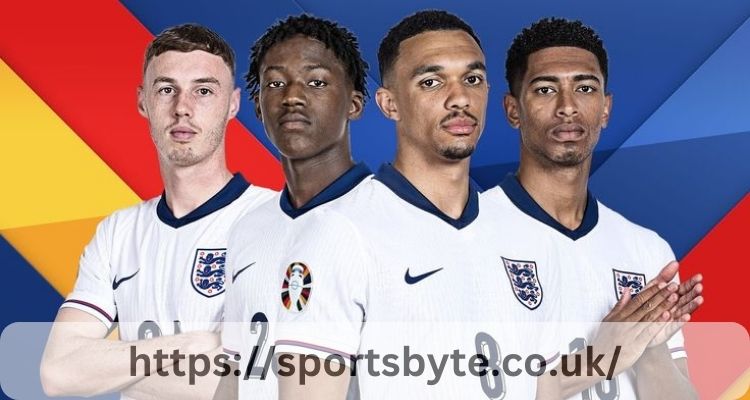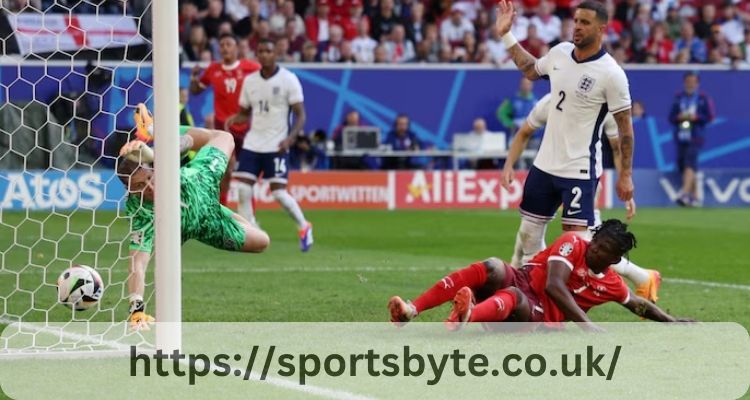After being devastated by Spain, Italy must avenge themselves against Croatia to stay competitive in Group B. Their performance against the Balkans was far too sluggish and old-fashioned; they need to rediscover their attacking spark.
Donnarumma makes an outstanding save to stop Sucic’s powerful shot before Italy earn a corner through impressive defense from Pongracic and Gvardiol. In this article, we will discuss the high lights of Croatia National Football Team vs Italy National Football Team Lineups.
Croatia XI: Livakovic
Croatia have established themselves as one of football’s premier sides since emerging from Yugoslavia, thanks to both an intimidating frontline and their ability to adjust against stronger opponents. Take for instance their quarter-final match against Brazil where Zlatko Dalic had to alter his tactics in order to contain Selecao defenders – as proof.
Subasic was part of the Croatia squad that advanced all the way to the 2018 World Cup final. His shot-stopping abilities are one of many reasons he is highly esteemed as a Fenerbahce goalkeeper.
Modric provides another anchor, who can dictate tempo with his passing and dribbling skills. His goal-scoring prowess has won him numerous awards over his career; additionally, his defensive prowess will prove essential when facing Spain or Italy.
Stanisic
Luka Modric is one of the nation’s key figures and could play his final major tournament with them at this World Cup tournament in Group B against Spain and Italy. Real Madrid maestro Modric boasts an impressive 303 caps for his national side and will undoubtedly play an instrumental part for them against these foes.
Ivan Perisic, another experienced player who could be hoping to claim his first major tournament victory with Croatia, plays as a defensive midfielder at RB Leipzig while also switching positions and possessing an eye for goal.
Josko Gvardiol will be one of the key players to watch for Germany at this World Cup. Like Benjamin Pavard, this centre-back can provide offensive outlets from his defensive position and was instrumental in leading Germany to second place at 2018’s tournament runners-up finish. Regularly featured as part of RB Leipzig lineup and as an active World Cup competitor; his presence will pose serious difficulty to opposition defences at any tournament he participates in.
Sutalo
After losing to Spain, Croatia needed a victory against Italy to guarantee second place and qualify for the last 16. Luka Modric’s second-half goal aided them greatly; however, Mattia Zaccagni’s stoppage-time equaliser has put Croatia in an impossible battle against Albania and Spain for two spots in the last 16, meaning defeat could send them home altogether.
Zlatko Dalic made changes to his starting lineup for this match, replacing Lovro Majer with Mario Pasalic and Sucic as starters while keeping in veteran fullbacks Darijo Srna and Danijel Pranjic as cornerbacks in order to thwart opposition attacks.
Luciano Spalletti has also made changes to his Italy side, switching to a three or five man defensive block with Davide Frattesi and Lorenzo Pellegrini being replaced by Matteo Darmian and Giacomo Raspadori as Matteo Darmian takes his place alongside Giacomo Raspadori while Federico Chiesa and Mateo Retegui both appear as attacking threats in this formation.
Kramaric
Hoffenheim star Antonio Conti did not travel with Italy’s team to Leipzig due to a thigh injury, severely impeding its ability to penetrate Croatian defence and score goals.
Alessandro Bastoni connects directly with Livakovic before his shot is blocked by Croatia’s goalkeeper, as Modric and Rakitic continue to provide ammunition.
At present, both teams appear to be taking a cautious approach in the opening half, which has yielded no goals so far. Zlatko Dalic will undoubtedly want his side to become acquainted with their opponents while avoiding defensive mistakes and developing an understanding of how best to play against them.
Both sides are waiting in anticipation for the second half in Leipzig. A draw could see Croatia eliminated, while a victory by Italy would cement second place and secure them a ticket home. Azzurri forwards have been spraying crosses into Croatia’s box but have failed to break through; as a result they may take more direct approach in the second half, with Nicolo Barella hoping to add speed down their right.
Pasalic
Croatia boasts one of the deepest rosters in recent memory, yet there remain players that have yet to break into its first team. One such player is Atalanta’s Mario Pasalic; although not popular with fans, Pasalic has made an impactful contribution this season and could make his mark internationally.
Croatia’s lack of depth in attacking midfield is the primary factor behind his remarkable productivity. While Ivan Perisic can function as both left winger and central striker, his preference lies more with cutting inside to shoot. Nikola Kalinic and Marko Pjaca possess natural center forward tendencies but lack skill at crossing into the box.
Pasalic has had to step in whenever needed alongside Torino’s Vlasic and Sassuolo’s Luka Ivanusec when starting lineup spots were empty; often playing positions they feel uncomfortable playing, leading to bottlenecks in the final third and potentially weakening national team performances. Pasalic’s spacial awareness could prove essential.
Sucic
Luka Sucic is one of Croatia’s rising midfielders and could play a pivotal role in their Euro 2024 campaign. Salzburg player Sucic often operates in an 8 or 10 position for his club and often creates space with intelligent off-ball movements to find space for himself.
Sucic notices an opponent defending his lateral passing option and moves quickly to find open spaces between lines or in half spaces to receive the ball with less pressure.
Sucic’s ability to read the game provides his team with multiple options, and is evident in each and every match for Salzburg and Croatia.
Croatia’s midfield possesses plenty of creativity but lacks physicality at its centre. Josip Pivaric can fill this role within a 4-2-3-1 formation; however, long-term solutions would benefit the team significantly such as adding Milan Badelj from Fiorentina as this would enable quicker progression into the final third.
Budimir
Croatia and Italy meet again for the fifth time at a major tournament, drawing 2-2 at Euro 2012 before both advancing as group B winners. As this game will determine who advances, this crucial encounter between two eager teams could prove decisive in either’s pursuit of glory.
Croatia’s success will depend heavily on their midfield trio. Modric may be 38 and nearing retirement, yet his presence remains key in Dalic’s side’s gameplan.
Budimir looks set to play this matchup despite suffering a fractured nose in Osasuna’s 2-0 win against Cadiz on Saturday, as he was named to their starting XI and could play an integral part for Croatia.
Spalletti will hope his side can rediscover their form following their dismal display against Spain. Although his changes were welcome additions, Italy still depend on an ineffective attack for their success this campaign; victory would secure their last-16 spot while defeat would bring elimination.
Majer
While France, Germany, and England have been at the forefront of European tournament buzz this year, Croatia has quietly gone unnoticed until this tournament. But this may finally be its breakthrough year!
Majer, who idolized Modric as a youth and served as his mascot at a Dinamo Zagreb match a decade ago, has the talent to pull it off. Not only can he play multiple positions effectively; more importantly he links up well with teammates on his team.
He recently scored for Wolfsburg against Holstein Kiel and created opportunities for his teammates by creating six crosses and six chances. Furthermore, this young midfielder boasts a potency shot, making him an invaluable asset to national team squad.
Croatia’s current squad suffers from a distinct lack of a natural holding midfielder, leading to center backs pushing wide as fullbacks attack, leaving gaps that must be filled – leaving Ivan Perisic and Marko Pjaca vulnerable against counterattacks.
Also Read: Denmark national football team vs england national football team stats



